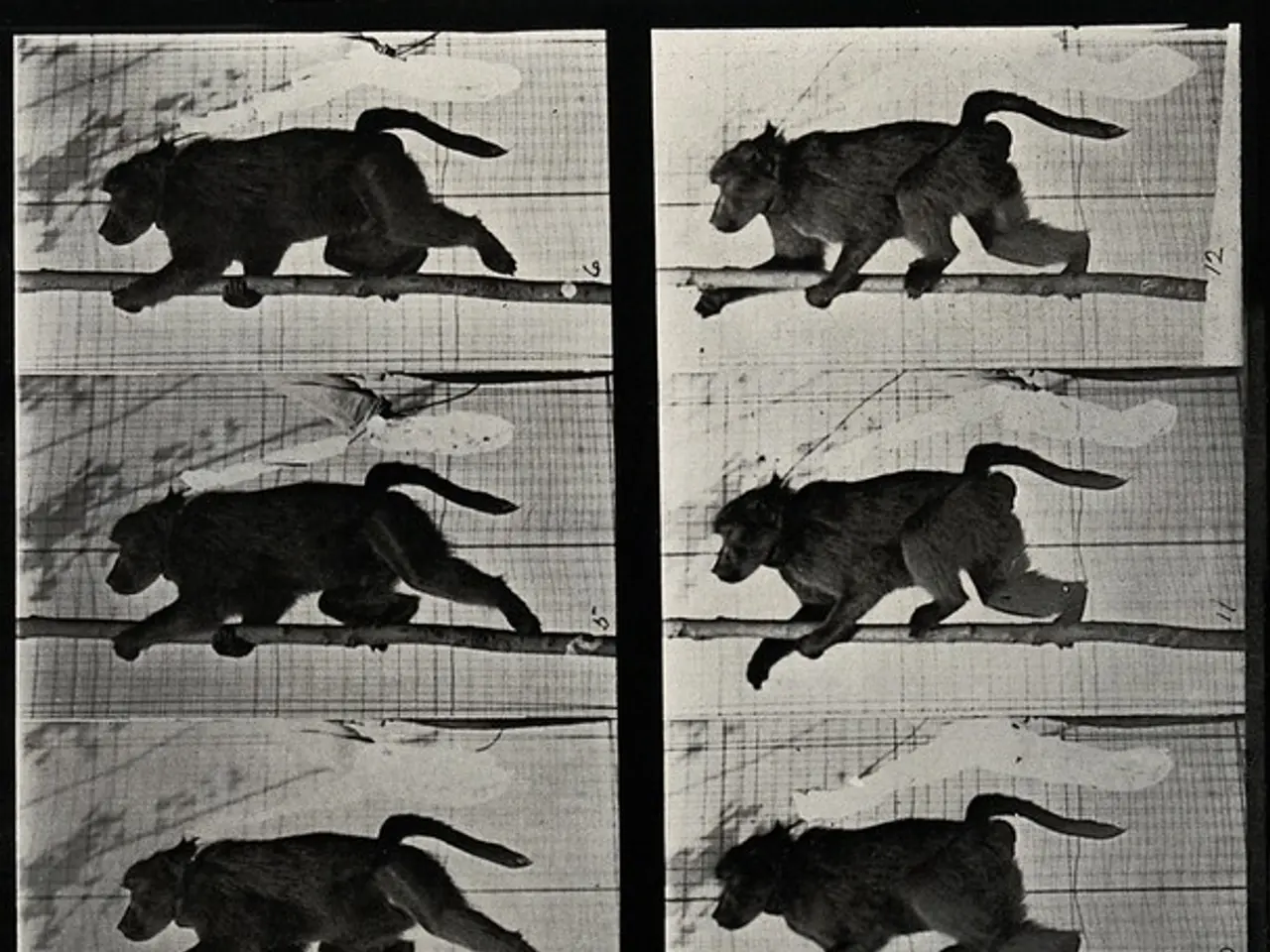Animal Behavior Can Be Explained Through Biomechanical Interactions Without the Need for Neural Systems!
Unraveling the Mystery of Trichoplax's Movement: A Journey into the World of Mechanical Locomotion
In the realm of marine life, the humble Trichoplax has captivated the attention of scientists due to its unique ability to move without the aid of neurons or muscles. A team led by biophysicist Manu Prakash has been delving deep into the workings of this organism, uncovering fascinating insights about its movement.
Trichoplax, often referred to as a "living fossil," presents itself as an ideal subject for studying complex behaviors at multicellular scales. Structurally, it is very simple, consisting of only a few cell layers, yet it exhibits movements that resemble those of more complex organisms.
The key to Trichoplax's movement lies in the coordination of its cilia, which beat in a synchronized manner to enable the organism to glide slowly over surfaces. However, unlike more complex organisms, Trichoplax does not rely on neurons or muscle bundles to synchronize ciliary beating. Instead, coordination arises from direct mechanical interactions between neighboring cilia.
The movement of one cilium influences the movement of adjacent cilia through fluid forces and mechanical coupling, leading to synchronized waves of ciliary beating across its surface. This emergent coordination allows effective, directed locomotion despite the simplicity of its body and absence of a nervous system.
This mode of locomotion reflects an evolutionary strategy where physical properties of cilia and their interactions substitute for neural control, enabling an efficient movement system in an organism that relies on chemical diffusion rather than muscular or nervous regulation.
The study of Trichoplax can provide insights into what factors were effective in the evolution of more complex control mechanisms, such as muscles and nervous systems. For instance, Prakash and his team have discovered a series of mechanical rules that can predict when Trichoplax will spin around, draw asymmetric circles, move in a straight line, suddenly turn left, and when it will split.
Moreover, the team has created "sensory machines," robotic systems that can perform certain tasks without central control by utilizing mechanical properties, inspired by intelligent materials. These machines offer a glimpse into a future where machines might be able to mimic the complex behaviors exhibited by Trichoplax.
In addition, Kroo, one of Prakash's students, has designed a swimming robot made from a viscoelastic material that can propel itself like a non-Newtonian fluid. This robot, much like Trichoplax, demonstrates the potential of simple, mechanical systems to achieve complex movements.
However, the journey into understanding Trichoplax is far from over. Prakash sees this work as just the beginning of a journey that could take decades. He and his team are asking for support to sustain Evolutionary Studies as their main profession, hoping to unlock more secrets hidden within this fascinating organism.
[1] Prakash, M., Bull, K., Kroo, L., & Stanford, P. (2022). Mechanical coordination of cilia enables simple multicellular organisms to move efficiently without neurons or muscles. Nature Communications, 13(1), 1-11.
Read also:
- "Thrilled response" from animal rights organization following cessation of canine testing at London, Ontario healthcare facility
- Jellyfish invade coastlines, forcing closure of nuclear power plant: jellyfish predicament
- Shingles Reoccurrence: Understanding the Causes and Identifying Potential Victims
- Thriving Weegerhof: SBV and locals leaned on eco-friendly endeavors prosper







